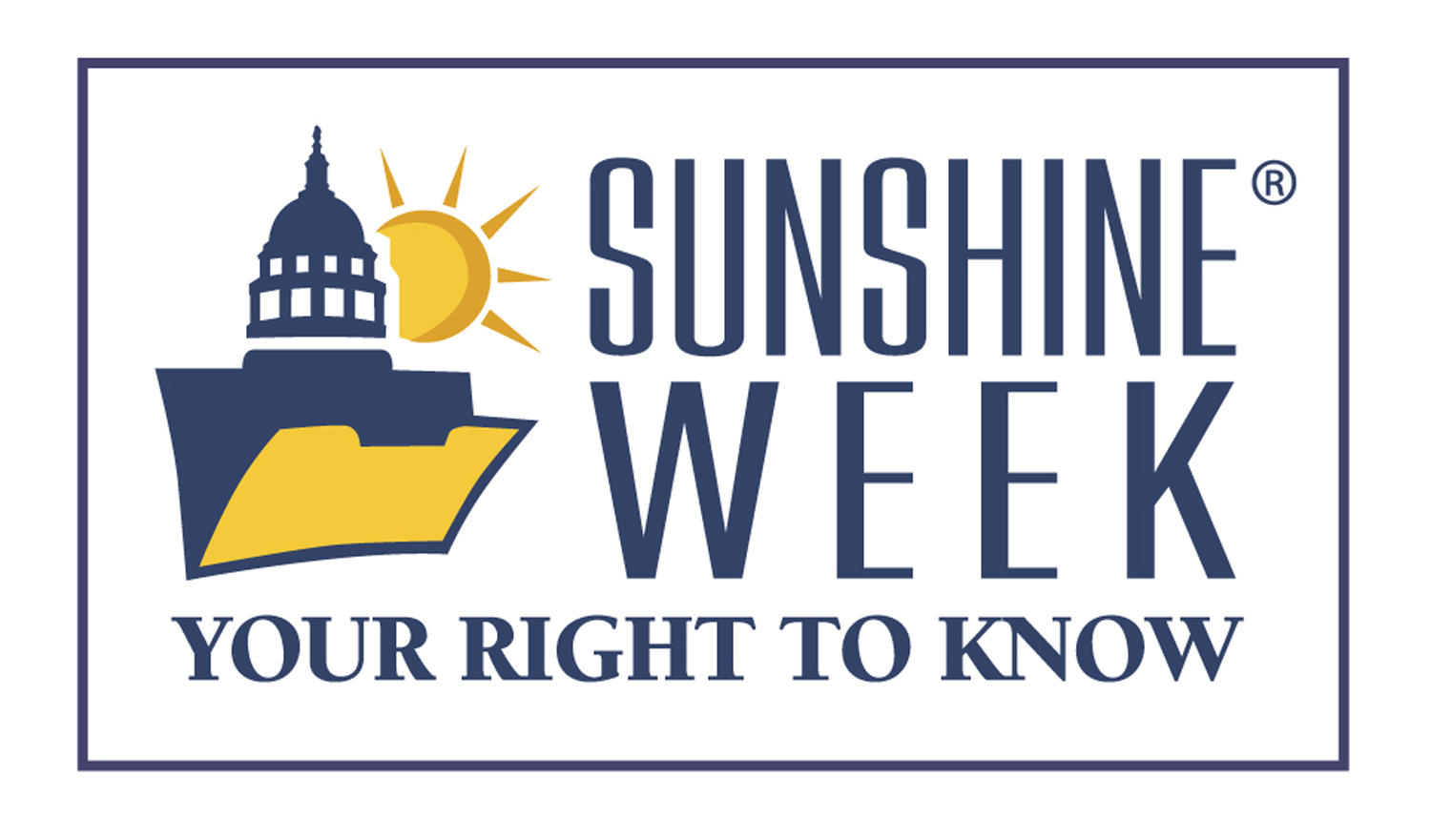Irony and Insults: The Judiciary Should Stop Treating Sunshine Week as a Punchline
By Tyler Cooper, Fix the Court senior researcher
It’s deeply ironic that the Judicial Conference of the United States, the federal courts’ 26-member policymaking body, meets each year during Sunshine Week, the mid-March festival celebrating open government. The Conference is famous for opposing third branch transparency, so one might wonder if that irony is intentional — meant to sublimate its obfuscation.

The most glaring example of Conference opacity is with broadcast. Though state courts have video-recorded and broadcast their trials and appeals for decades, using cameras that are only as intrusive as ordinary wall-mounted clocks, the Conference remains opposed to video for the vast majority of the 94 federal trial courts and 13 appeals courts. (Though Chief Justice John Roberts “presides” over the Conference, it has no authority over Supreme Court policy, broadcast or otherwise.)
The Conference did run a three-year camera-in-courts pilot program in the ’90s, and a four-year pilot last decade. But after the conclusion of each, the Conference chose not to change its policy forbidding video-recording of trials and didn’t encourage cameras in appeals courts. That was in spite of positive reviews from the judiciary’s research arm and most participating judges.
The lack of enthusiasm, coupled with a lack of funding for equipment, has meant that even in 2021 only one federal appeals court regularly allows video, and only four others have ever tried it. Trial courts that broadcasted hearings during COVID are expected to return to their broadcast blackouts post-pandemic.
Judges’ travel reimbursements have also largely kept in the dark. As a response to a 2006 investigative report on junkets, where judges were as often seen at the spa as they were in a lecture hall, the Judicial Conference announced that judges would be required to file reports detailing their attendance at privately funded seminars.
Unfortunately, but not surprisingly, the resulting data has not shed much light on the practice. All the public gets is a 50-page PDF that, absent of much detail, lists events held at places like NYU or George Mason Law. (Never mind that we’ll never know who’s underwriting those schools to get the judges to show up.) Despite hordes of corporate funders for liberal American Constitution Society and conservative Federalist Society events, the groups collectively appear just once in the most recent seminar report.
Judges and justices who are feted and flown to far-flung locales on someone else’s dime can, in fact, avoid disclosure altogether. At best, they must report on their third-party trips only once per year.
When it comes to making court filings more accessible to the public, the Judicial Conference hasn’t been any more forthcoming. Instead of working with Congress to modernize the courts’ decades-old electronic filing interface, called PACER, which charges users $0.10 per page just to read a filing, the Conference has been adamantly opposed to most efforts to decouple access to public documents from one’s capacity to pay a monetary fee.
 The third branch continually cites an outdated and poorly managed state-based program as their basis for opposing reform. For the judges in the back: it will not cost billions of dollars to modernize the federal court filing system. It’s as ridiculous to read that as it was to write that. Actual estimates are in the $46 million range, according to the Congressional Budget Office.
The third branch continually cites an outdated and poorly managed state-based program as their basis for opposing reform. For the judges in the back: it will not cost billions of dollars to modernize the federal court filing system. It’s as ridiculous to read that as it was to write that. Actual estimates are in the $46 million range, according to the Congressional Budget Office.
In a modern democracy transparency goes hand-in-hand with accountability, and so it should come as no surprise that judicial misconduct policy also remains wanting. In 2017 Chief Justice Roberts directed the Conference to create a working group to root out harassment in the third branch and create processes to ensure judiciary staff were protected and had a clear place to turn should harassment or other misconduct occur.
Though the Conference did make several improvements, there remains systemic confusion over where to turn when sexual misconduct occurs and how complaints, both formal and informal, are to proceed. Further, that there’s no place in federal law to find redress — judiciary staff are not included under Title VII of the Civil Rights Act and have no anti-harassment, anti-discrimination and anti-retaliation protection in law — is a glaring oversight. The Conference’s lobbying arm proposed no statutory remedy after harassment by Judges Alex Kozinski, Stephen Reinhardt and Carlos Murguia came to light.
If the Judicial Conference wants to continue to hold its annual meeting on the week dedicated to highlighting the importance of transparency, it’d do well to begin to take transparency seriously. Or they could pick another week to hold their semiannual meeting, lest they continue to add insult to injury.